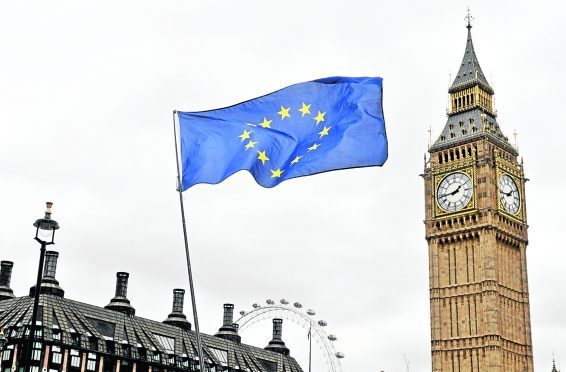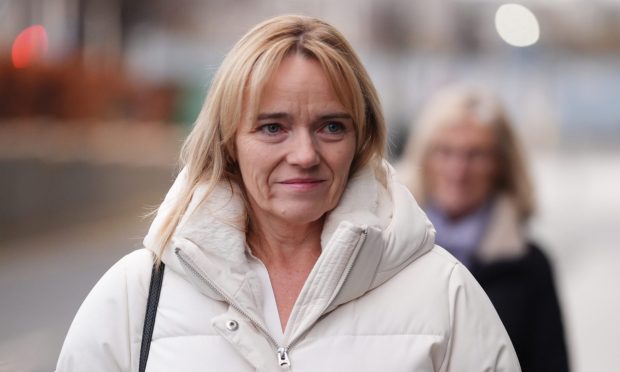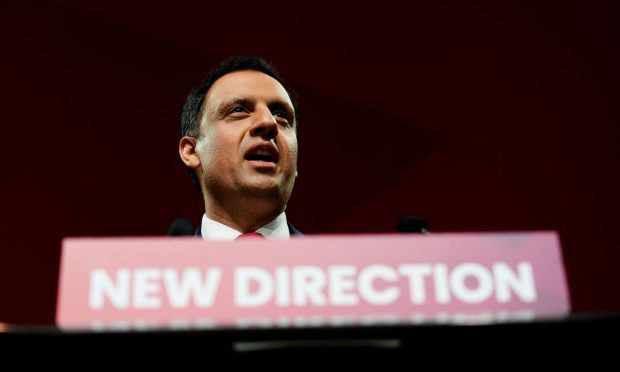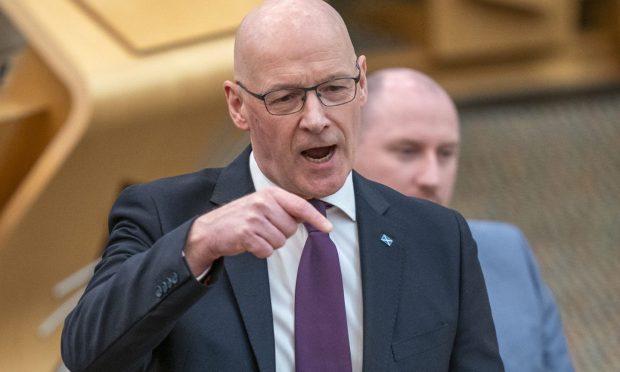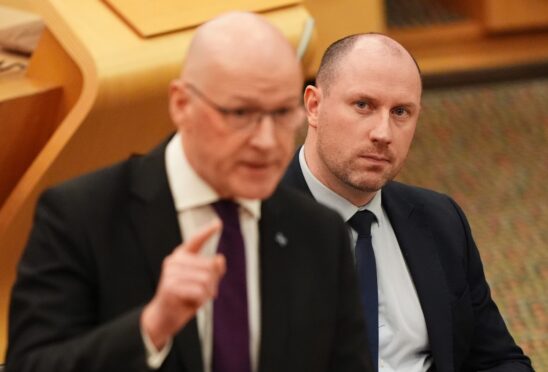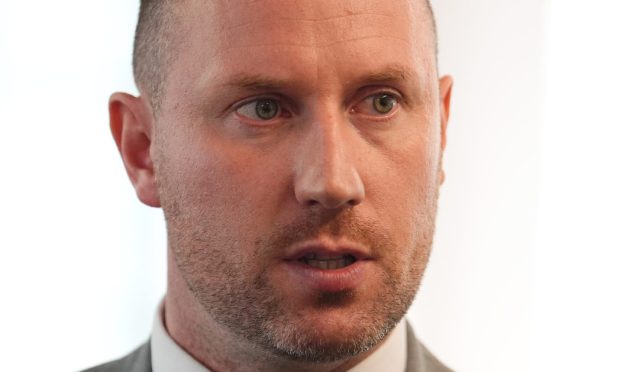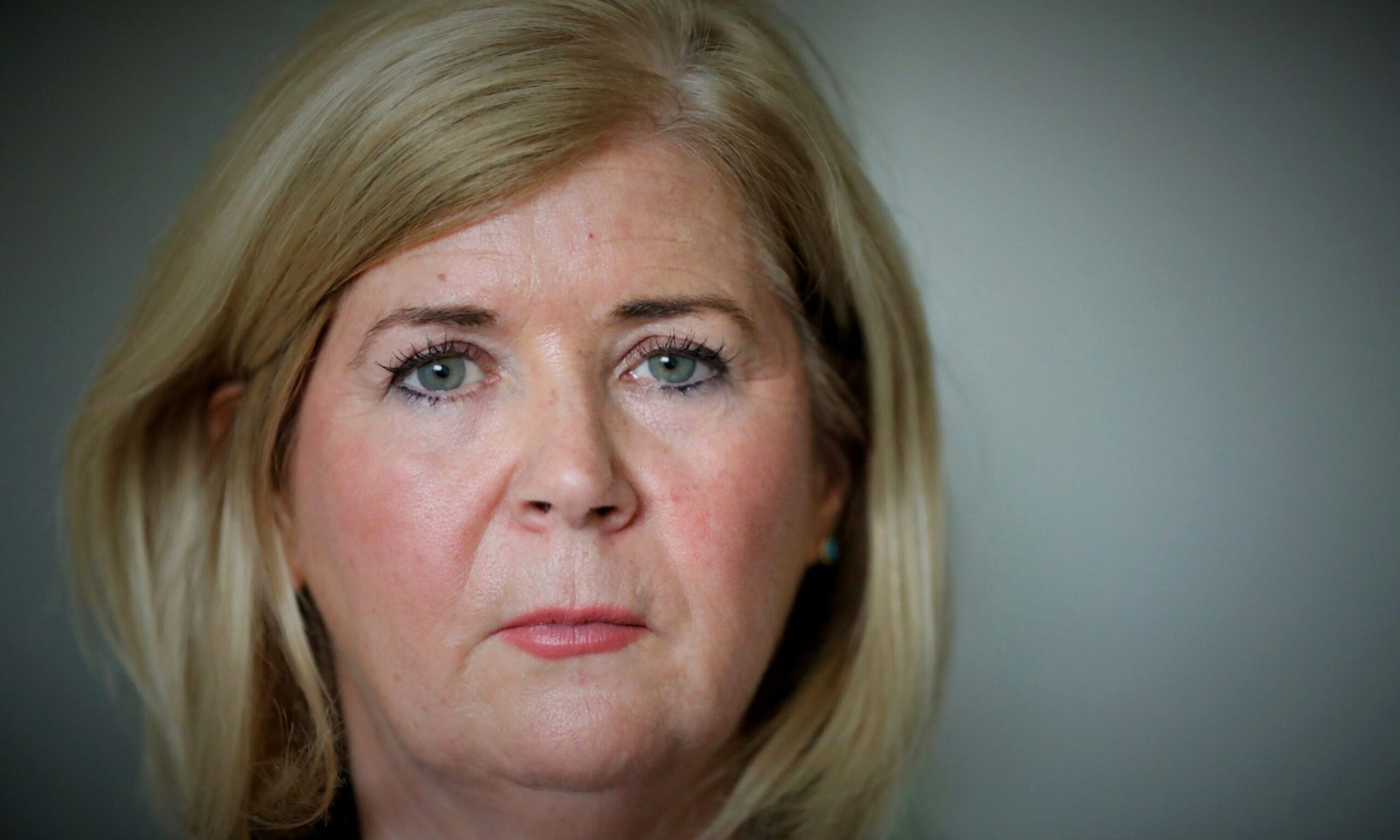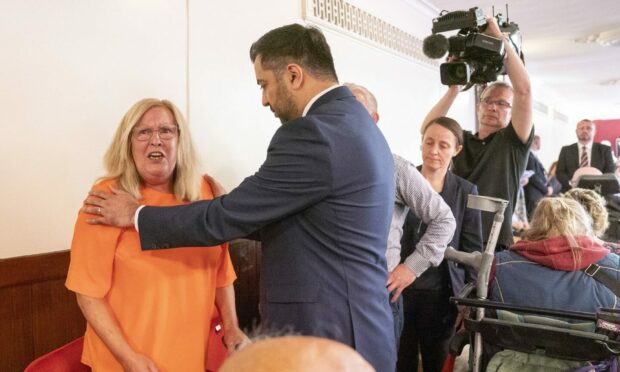The constitutional conflict over Brexit has escalated with the UK Government launching a Supreme Court challenge against Holyrood legislation.
Theresa May’s top lawyer has referred rival laws on exiting the EU from the Scottish and Welsh administrations to the most senior judges in the country.
The SNP pushed its alternative to Westminster’s Withdrawal Bill through the Scottish Parliament last month amid a row over the destination of powers returning from Brussels.
Announcing the legal challenge to the Continuity Bill, the Attorney General Jeremy Wright, said: “This legislation risks creating serious legal uncertainty for individuals and businesses as we leave the EU.
“This reference is a protective measure which we are taking in the public interest.
“The (UK) government very much hopes this issue will be resolved without the need to continue with this litigation”.
Scottish ministers say they were forced into delivering their own legislation because of the UK Government’s failure to protect devolution in its bill.
They claim the Withdrawal Bill is a “power grab” on competences that are devolved.
A minority of the 111 returning powers – including those relating to food labelling and livestock movements – need to be run initially from Westminster to protect the British single market, according to Tory ministers.
They say that would provide time to forge common frameworks that ensure regulations on the likes of animal transportation do not deviate between the home nations.
Both sides have said they are committed to resolving the dispute over the destination of EU powers, which would allow SNP MSPs to approve the Westminster legislation.
Michael Russell, the Brexit Secretary, said Scotland’s Lord Advocate will be arguing in the Supreme Court that Holyrood has the power to “prepare for the consequences for devolved matters of UK withdrawal from the European Union”.
“Our Continuity Bill is an important and necessary piece of legislation to prepare Scotland’s laws for Brexit while protecting the powers of the Scottish Parliament that people voted for,” he said.
“While the Scottish Government is not opposed to UK-wide frameworks in certain areas when these are in Scotland’s interests, this must only happen with the agreement of the Scottish Parliament.”
Neil Findlay, Scottish Labour’s Brexit spokesman, said the Withdrawal Bill “rides roughshod over the devolution settlement”.
“The Tories gave commitments to fix this and have failed to deliver on their commitment,” he said.
“They caused the problem – they have a duty to fix it.
“The people of Scotland deserve better than two governments snarling at each other in the Supreme Court.”
